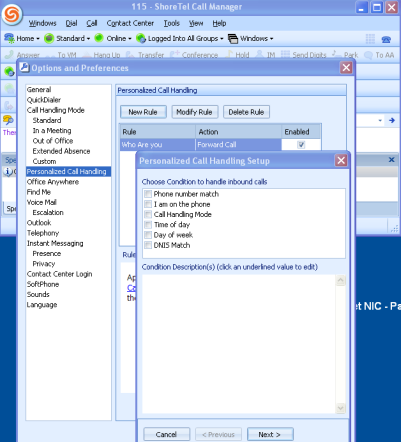When VoIP gateways first started hitting the market back in 98′, the vendors tried to packetize DTMF and quickly learned it did not work well. For this reason they quickly learned to “regenerate” DTMF at the outbound gateway rather than packetize and truck it across the network. Moving modem tones is even more challenging and most VoIP solutions discourage attempting to send modem tones over an IP connection. If you can get it to work at all, the modems will negotiate down to about teletype speed or about 300 baud. (Now there is a device and an term you don’t hear much about anymore). Given that a fax machine generates modem tones, faxing over an IP connection is equally challenging. ShoreTel makes it possible, for example, to attach a low end fax server as a couple of analog IPBX ports. Incoming fax calls to the IPBX system, can reroute these faxes and even regenerate the DID number as DTMF to the fax server enabling fax to email applications. What we are beginning to see as the SIP market matures, is that the phone companies are bringing PRI circuits to the customer premise disguised as traditional TDM circuits. Your Telco interface may in fact be a ShoreGear T1, but you are interfacing to an Integrated Access Device that is converting SIP signaling to SIP and then on to the Telephone companies softswitch. Currently, this is a big problem for fax machines connected as analog lines to the host IPBX. True Fax over IP is going to require a T38 interface and fax machines and servers that can support this protocol. The message here is, make sure you know what you are connecting to! True TDM or a SIP trunk! Knowing the difference will enable you to properly handle fax traffic.


